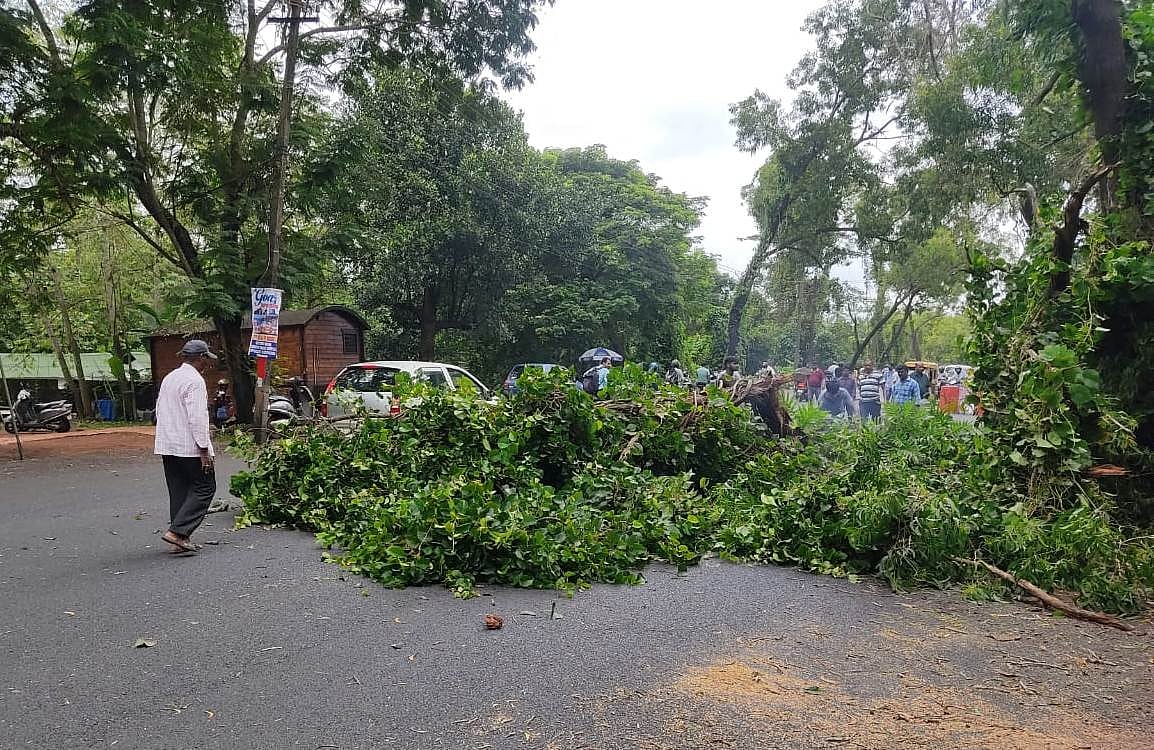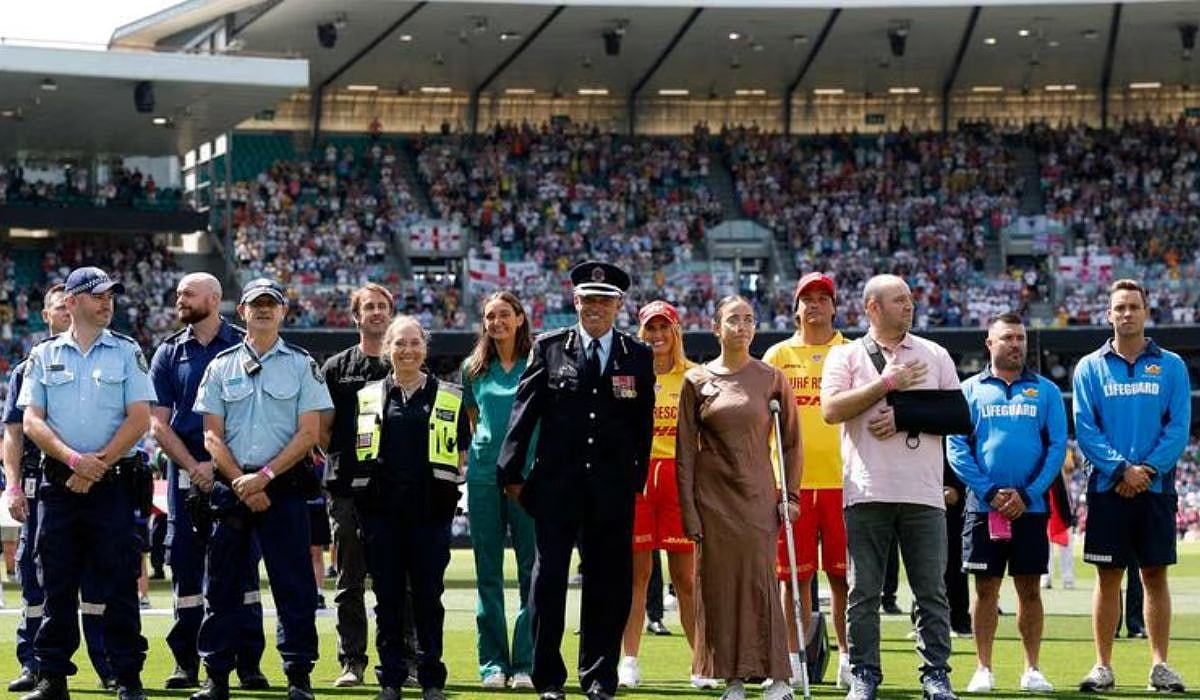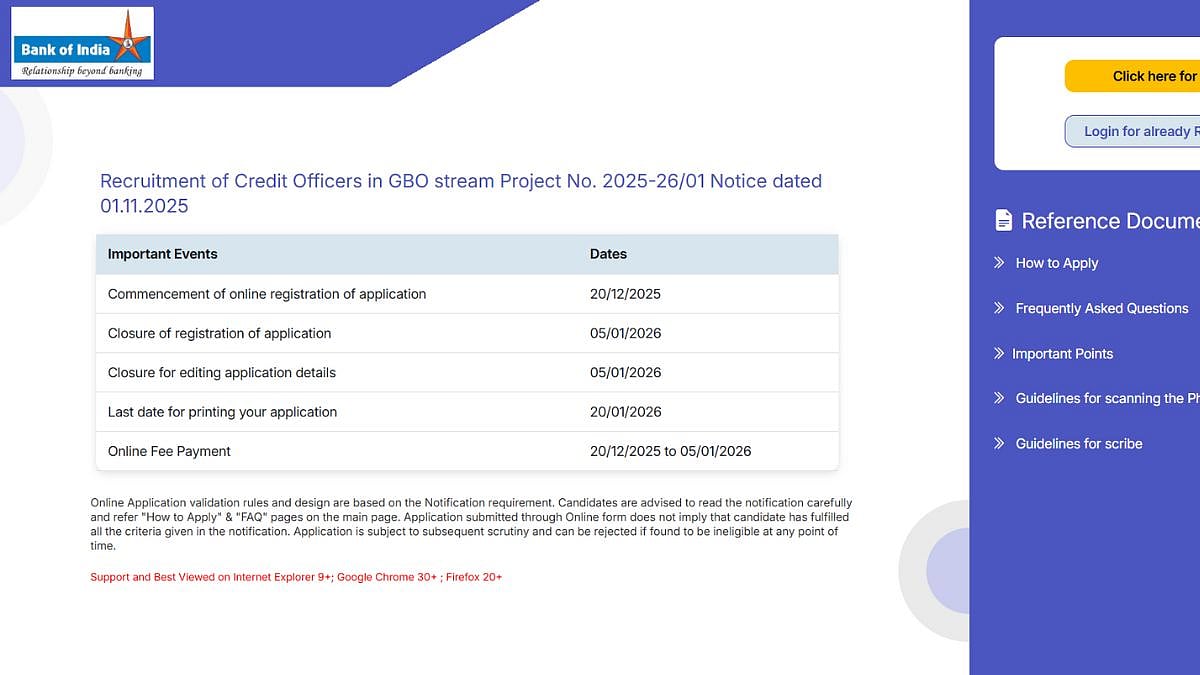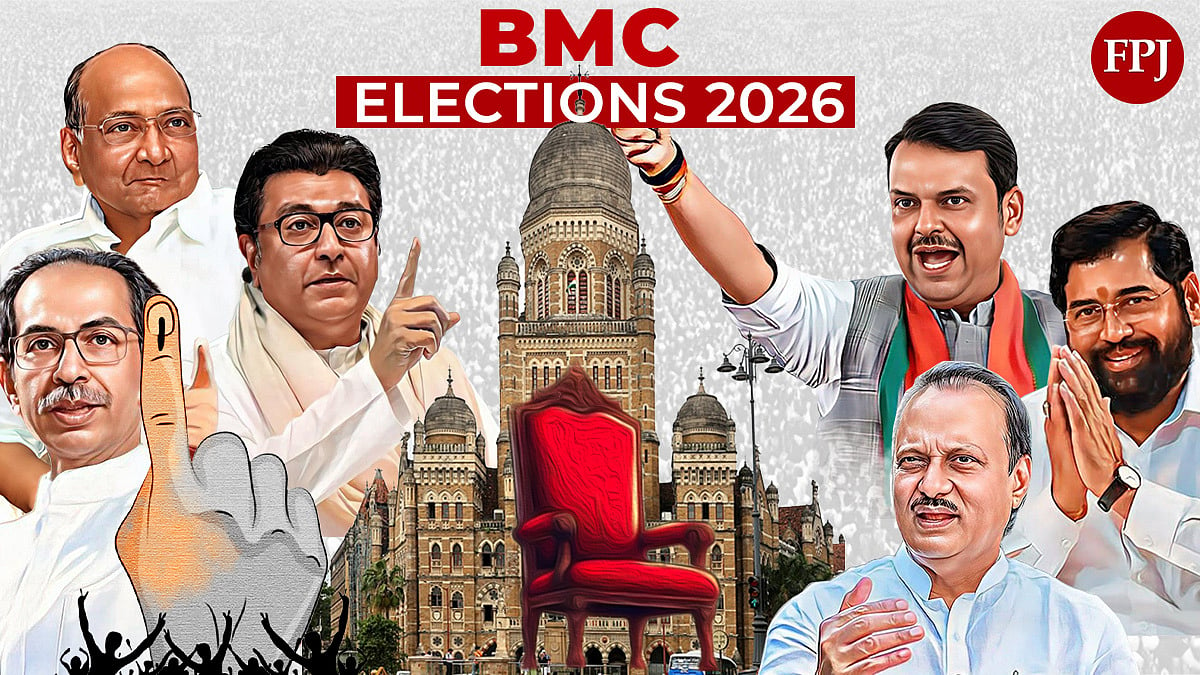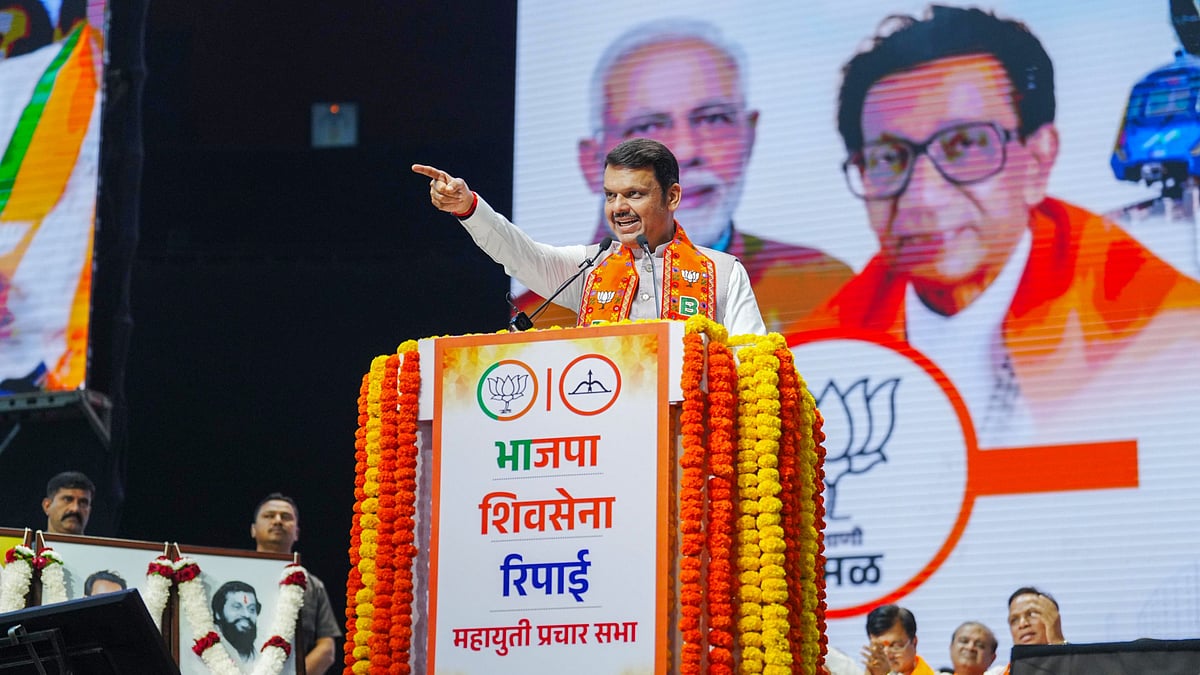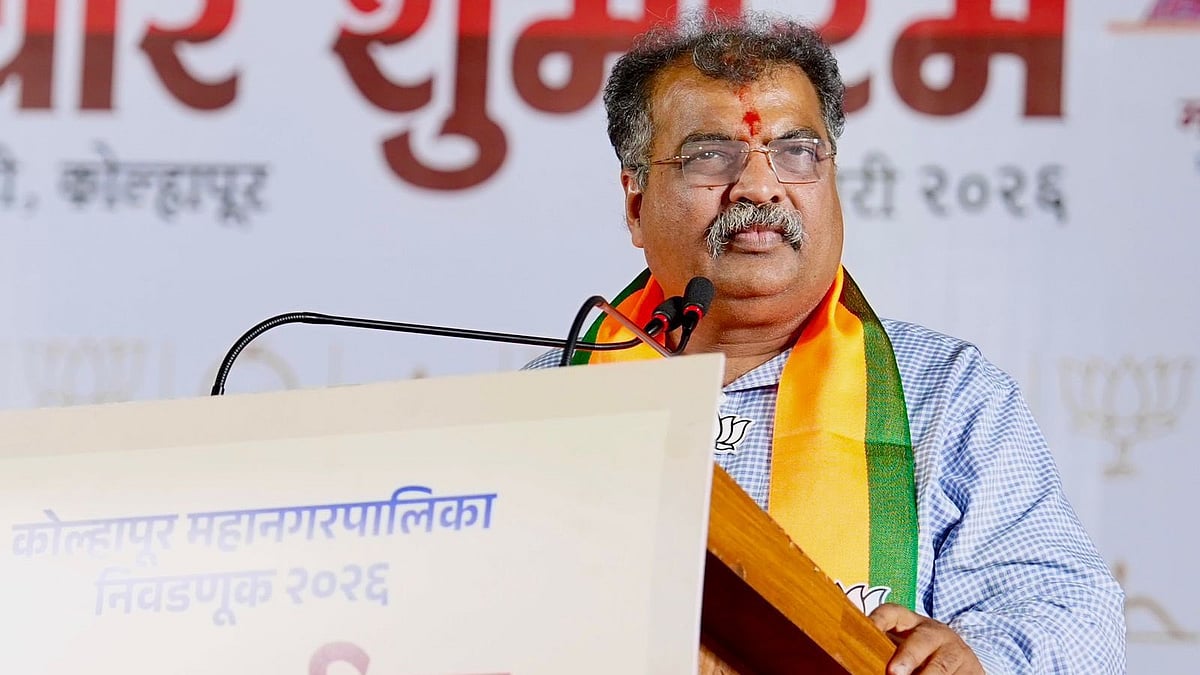During the rainy season, cyclones and strong winds are a regular occurrence in Mumbai. Uprooted trees and falling branches can cause death, injure people and also damage buildings, vehicles and electric cables, among other utilities.
On average, the BMC receives approximate 600 treefall complaints in a month, between June and September every year. Pruning the trees is done to prevent such accidents from happening. Appropriate trimming minimises the chances of unexpected falling incidents both during the non-rainy and rainy season.
The Maharashtra (Urban Areas) Protection and Preservation of Trees Act, 1975, provides guidelines for the trimming or cutting of trees. The Tree Authority – a body of BMC officials and experts – can permit cutting trees, while the garden department of the BMC permits trimming of trees.
Both private and public premises need permission from the BMC for trimming and cutting trees. Procedure for obtaining permission for trimming of trees: This can be done through the BMC (MCGM) website's 'application to lodge a complaint' section (choose Garden & Tree – Permission for Tree Trimming). The website also provides a checklist of documents that need to be submitted and the time frame for grant / rejection.
Timeline and steps involved for permission of trimming of trees existing in government / semi-government & private premises:
1. Inspection of Site from receipt of complaint from citizens
Timeline : Within 7 days
2. Preparation of inspection report
Timeline : Within 2 days
3. Approval or Rejection of permission
Timeline : Within 2 days
4. Issuance of permission letter
Timeline : Within 2 Days
An application or payment for the permission to trim or cut a tree is not equivalent to a letter granting permission to trim or cut a tree.
If trees are being trimmed:
The permission letter will mention the details of: The trees' species, size (height and girth), the number of trees to be trimmed, the number of branches on the trees to be cut, their size, location, the date when the permission was given, reason for trimming.
If the permission is for cutting a tree:
The permission letter will mention the details of: The tree’s species, size (height and girth), location, the date when the permission was given, reason for cutting. It will also mention if the tree has to be transplanted at another location.
Trimming can be done by a contractor appointed by the BMC or a private contractor. Pruning costs will need to be paid to the relevant contractor who will need to take the responsibility for the disposal of the branches. Prior to the monsoons especially, BMC tries to expedite the permission approval.
A large or profuse cut leads to decay. Any cut made on a tree is a wound that must be healed. The fewer cuts made, the better. Smaller cuts throughout the tree’s life are better than large cuts that should have been made many years ago when the tree was small.
One large poorly made cut or too many cuts in the wrong places can ruin a tree for life.
Trees aid in stopping global warming and also provide oxygen and cool shade.
Trees also help in reducing pollution and contribute to a clean /sustainable environment. Trees also serve as a home, providing shelter to many birds and other living creatures. Therefore, trimming needs to be done properly by people who possess the proper expertise to trim trees through experience and training.
